In short, scrap metal baler is a machine used to shred and compress various metal for better handling and storage. The machine cuts all metals, whether ferrous or non-ferrous materials or even whole metal objects. It consists of various components, each of which is combined to perform the final function - baling. These include: 1. Hydraulic Cylinder The hydraulic cylinder is an important part of the metal baler because it applies the compressive force. It is strong and durable to withstand side loads and shocks, but it should be serviced regularly to ensure that it is well lubricated. 2. Ram This component is attached to the front end of the hydraulic cylinder. It presses on the metal box to achieve the desired bale size. 3. Oil Filter The oil filter constantly lubricates the hydraulic system to ensure that it is clean and well functioning. The oil must be replaced after aging to avoid damage to the hydraulic pump and accessories. 4. Hydraulic System This includes the components that hold the cylinder together for the baling process. They include valves, fittings, hoses, and pumps. They also require regular component maintenance due to the heavy workload. 5. Lid This is one of the main components of the baler because it is critical to the baling process. The gland supports the piston to compress the scrap metal during the final stages of baling. It returns to its original locked position after the compression is over. 6. Baling Chamber The baling chamber is where the metal material is wrapped before it is compressed into large bales. It has steel reinforcement to withstand the intense pressure during the compression process. 7. Control System The control system is the beginning and end of the scrap metal baler because all functions originate from and ultimately pass through the commands entered into the control system. This is where you, the operator, enter specific baling details such as bale size, amount of pressure, and temperature, depending on the end product you want. The latest control systems have fault detection systems and inspection function to understand when operation is not ideal.
We are online 7*24 hours to answer all your questions
-

Email : info@njteyun.com
Skype : sicily@njteyun.com
-

Tel : +86 13952083908
Whatsapp : +86 13952083908
-
 Address : Mingjue Industry Park, Lishui District, Nanjing City, Jiangsu Province
Address : Mingjue Industry Park, Lishui District, Nanjing City, Jiangsu Province


 français
français русский
русский español
español العربية
العربية 日本語
日本語 Tiếng Việt
Tiếng Việt 中文
中文





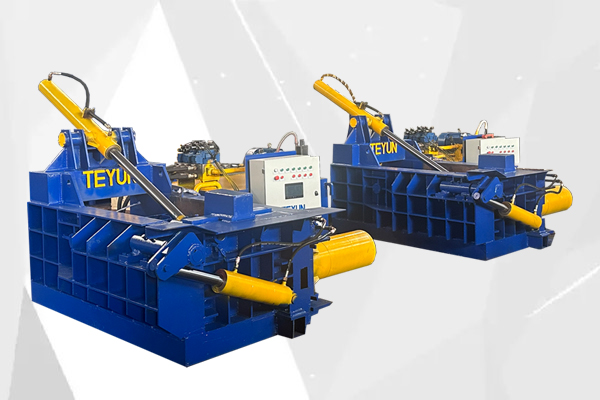
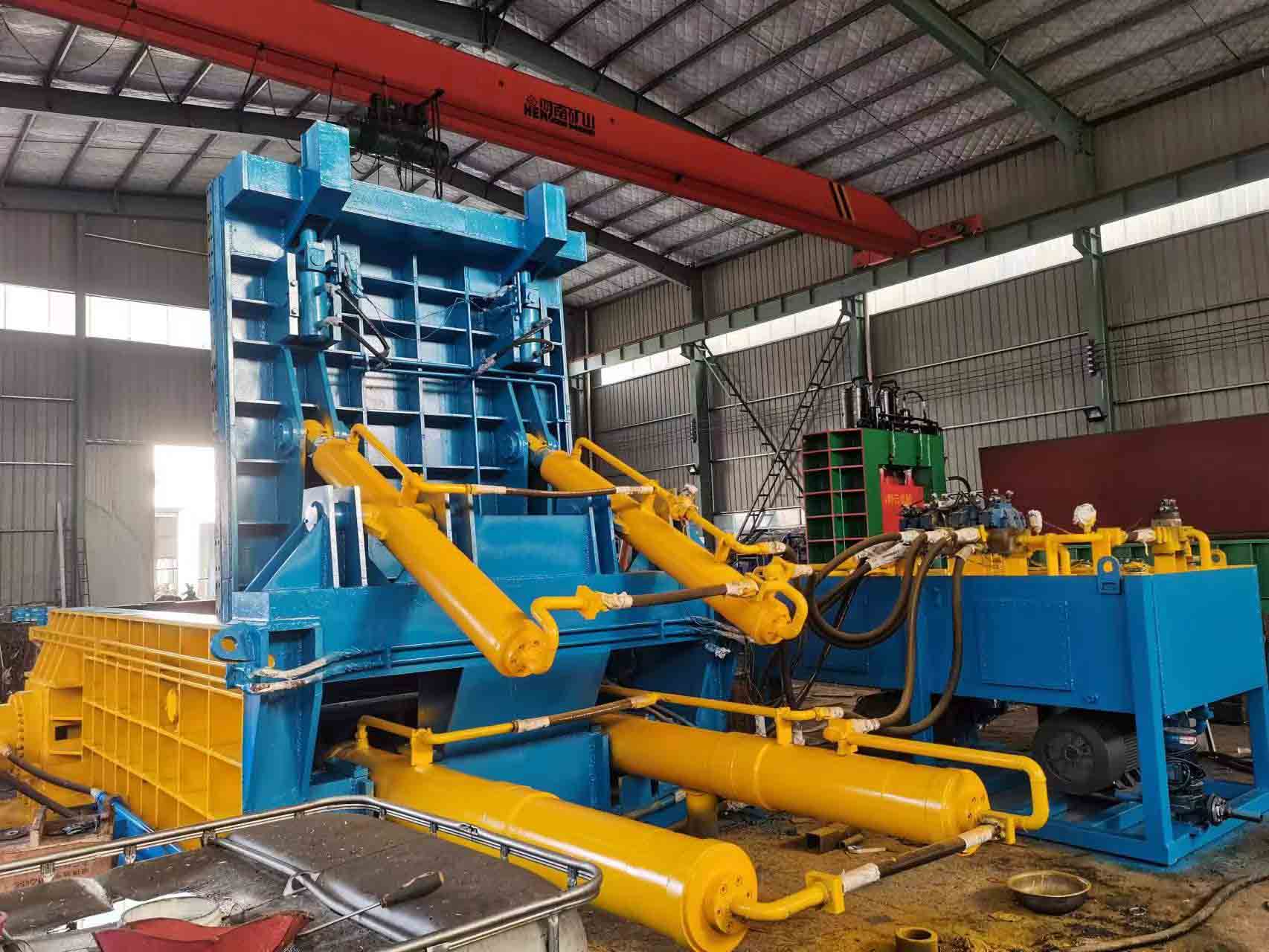
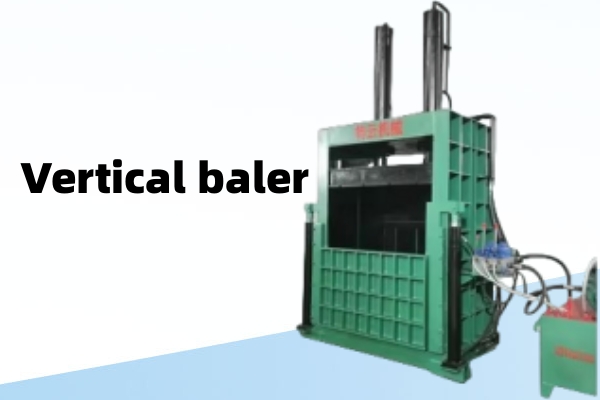
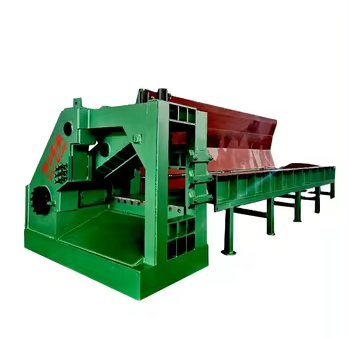
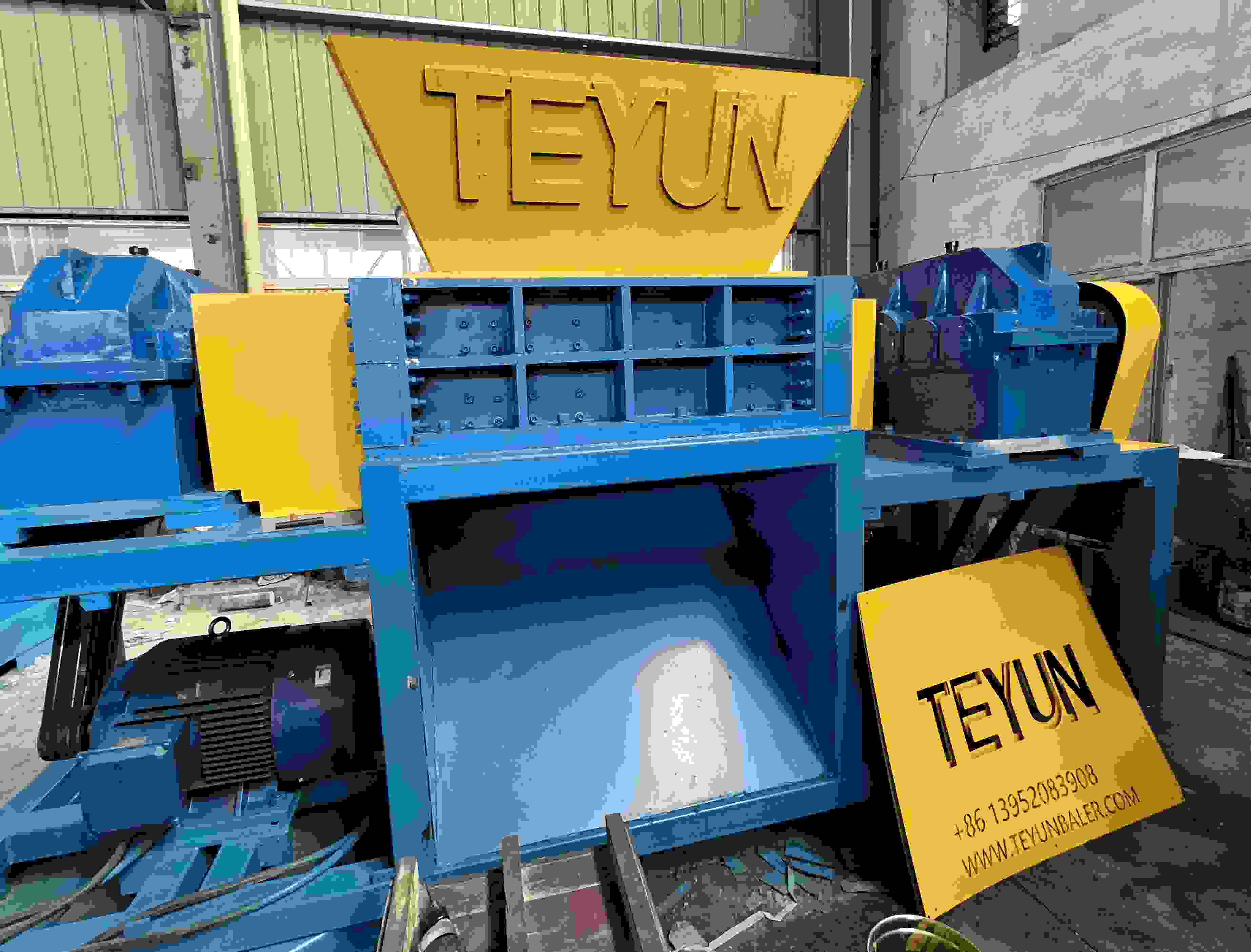
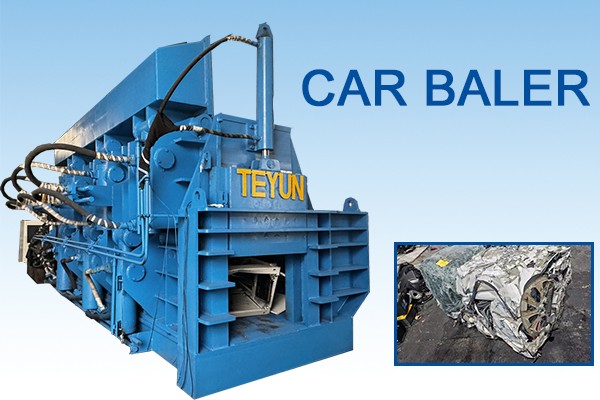
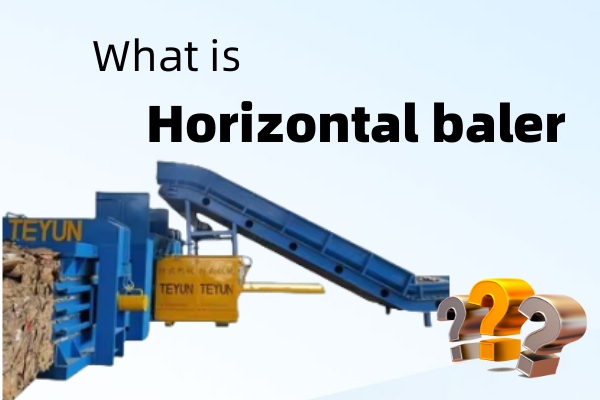
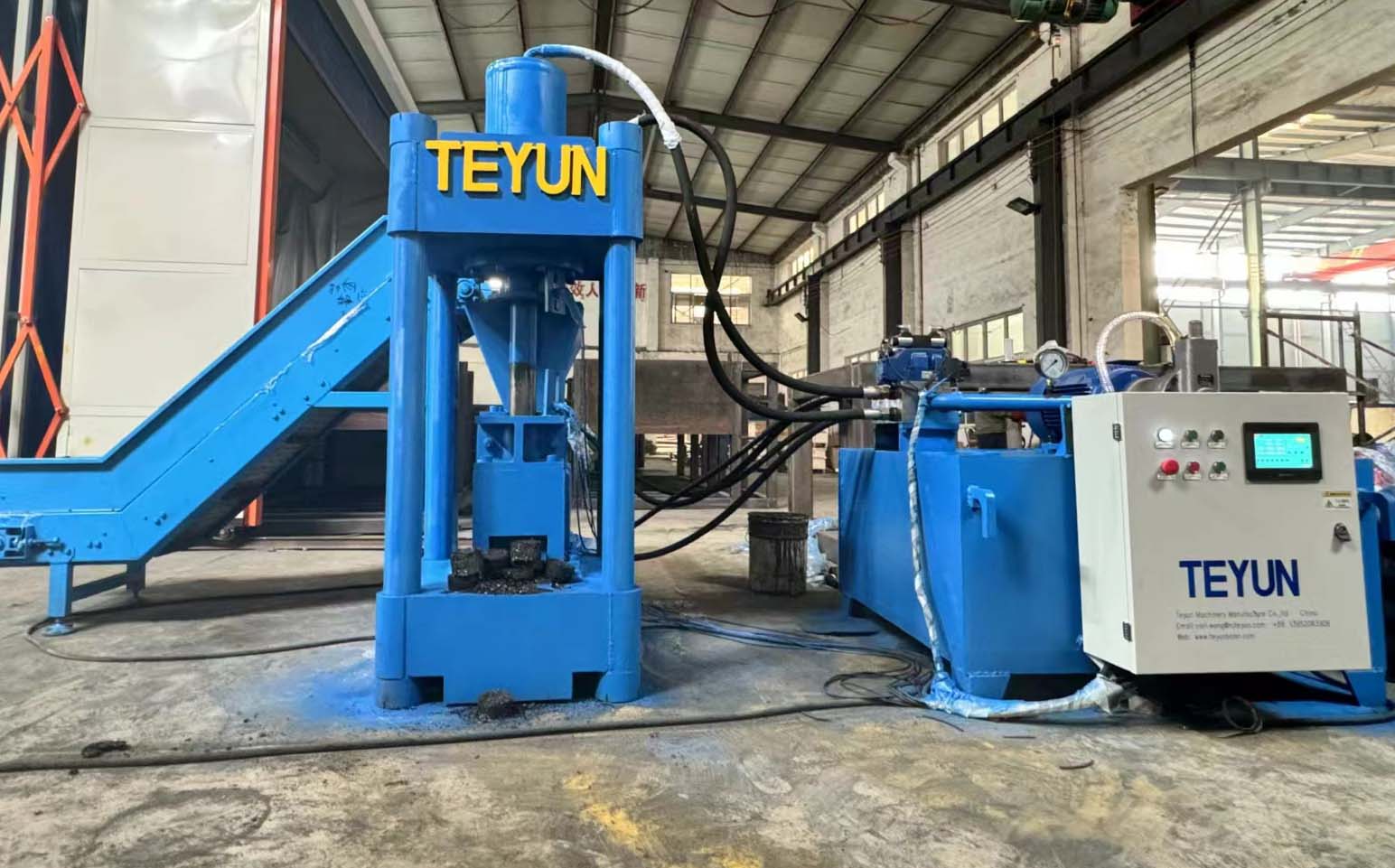
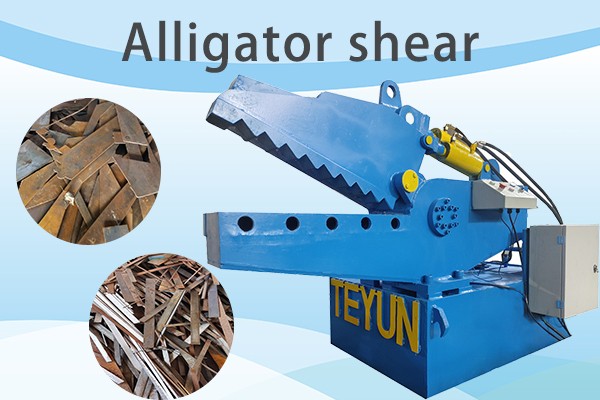

 IPv6 network supported
IPv6 network supported